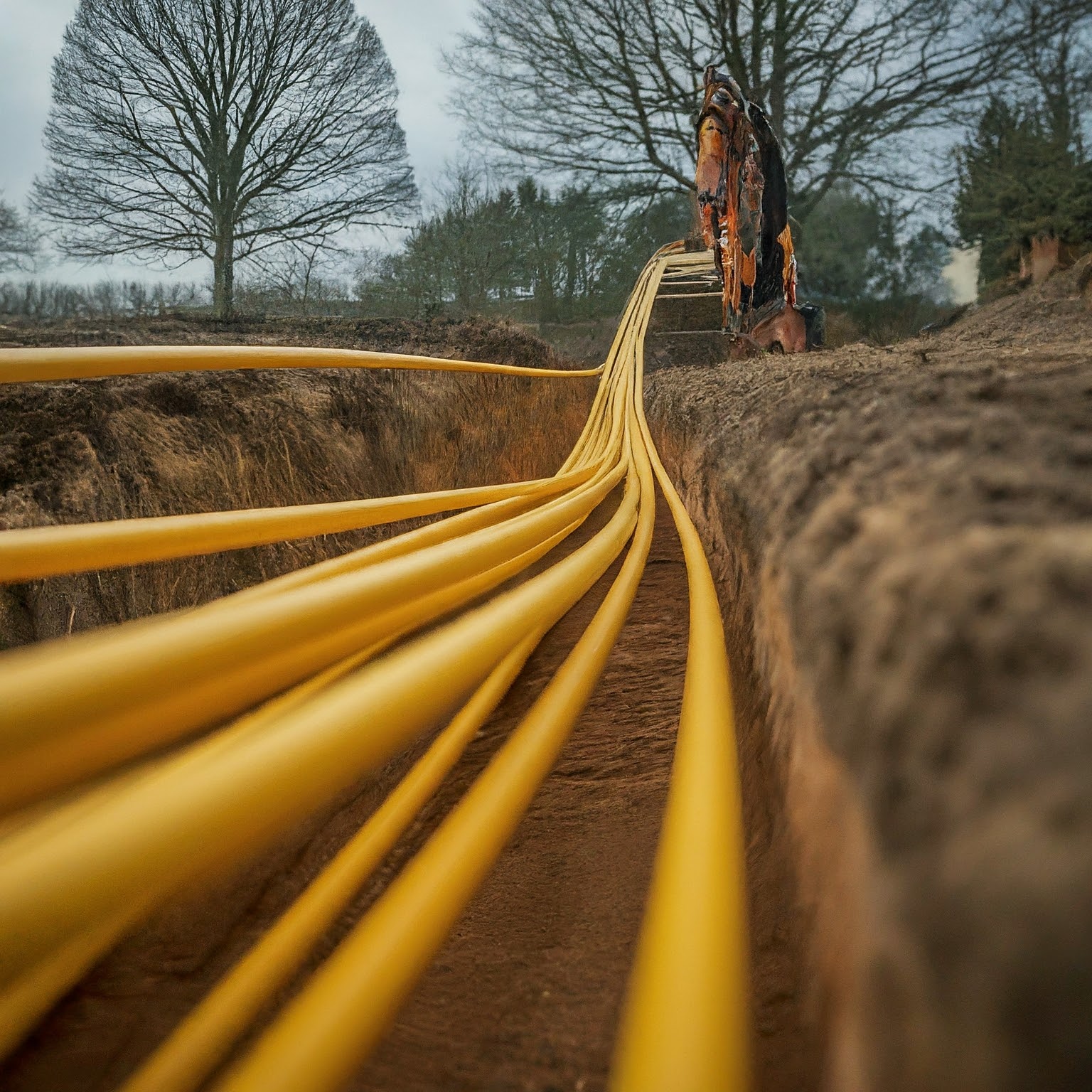In the realm of modern connectivity, optical fiber internet stands as a beacon of technological advancement, offering unparalleled speed, reliability, and bandwidth capabilities. As our reliance on the internet continues to grow, the demand for faster and more robust connections has become paramount. Optical fiber internet, with its ability to transmit data at the speed of light, has emerged as the solution to meet these ever-increasing demands, revolutionizing the way we connect, communicate, and experience the digital world.
This exclusive article embarks on a journey through the world of optical fiber internet, exploring its underlying technology, advantages, applications, challenges, and its pivotal role in shaping the future of connectivity.

Understanding Optical Fiber Internet
Optical fiber internet, also known as fiber-to-the-home (FTTH) or fiber-to-the-premises (FTTP), is a broadband internet technology that utilizes thin strands of glass or plastic fibers to transmit data using light signals. These fibers, about the thickness of a human hair, can carry vast amounts of information over long distances at incredible speeds, far surpassing the capabilities of traditional copper-based internet connections.
The Technology Behind Optical Fiber Internet
The core principle behind optical fiber internet is the transmission of data using light pulses. A laser or LED at the transmitting end converts electrical signals into light pulses, which travel through the fiber optic cable. At the receiving end, a photodiode converts the light pulses back into electrical signals, which are then processed by your computer or other connected devices.
The remarkable speed and bandwidth of optical fiber internet are attributed to several key factors:
- Low attenuation: Light signals experience minimal loss of intensity as they travel through optical fibers, allowing for long-distance transmission without the need for signal boosters.
- High bandwidth: Optical fibers can carry multiple wavelengths of light simultaneously, enabling the transmission of vast amounts of data at high speeds.
- Immunity to electromagnetic interference: Optical fibers are not affected by electromagnetic interference, ensuring a stable and reliable connection even in environments with high levels of electrical noise.
Advantages of Optical Fiber Internet
Optical fiber internet offers a multitude of advantages over traditional copper-based connections:
- Blazing-fast speeds: Fiber internet provides significantly faster download and upload speeds, enabling seamless streaming of high-definition videos, rapid file downloads, and lag-free online gaming.
- Symmetrical speeds: Unlike many traditional connections, fiber internet often offers symmetrical speeds, meaning your upload speeds are as fast as your download speeds. This is particularly beneficial for activities like video conferencing, cloud storage, and uploading large files.
- Low latency: Fiber internet boasts low latency, or the time it takes for data to travel between your device and the server. This translates to a more responsive connection, crucial for real-time applications like online gaming and video calls.
- Reliability: Fiber optic cables are less susceptible to damage and interference than copper cables, resulting in a more reliable and stable connection.
- Future-proof: With its vast bandwidth capabilities, optical fiber internet is well-equipped to handle the increasing demands of future technologies and applications.
Applications of Optical Fiber Internet
The high speed and bandwidth of optical fiber internet make it ideal for a wide range of applications, including:
- Residential use: Fiber internet provides an exceptional home internet experience, enabling seamless streaming, gaming, and browsing for the entire family.
- Business use: Fiber internet empowers businesses with the speed and reliability needed for critical operations like cloud computing, video conferencing, and data transfer.
- Healthcare: Fiber internet supports telemedicine, remote patient monitoring, and other healthcare applications that require high-speed and secure data transmission.
- Education: Fiber internet enables online learning, distance education, and access to educational resources for students and educators.
- Smart cities: Fiber internet forms the backbone of smart city infrastructure, supporting applications like traffic management, public safety, and environmental monitoring.
Challenges of Optical Fiber Internet
While optical fiber internet offers numerous benefits, it also faces some challenges:
- Cost: Deploying fiber optic infrastructure can be expensive, particularly in rural or underserved areas. This can result in higher installation costs and monthly fees compared to traditional internet options.
- Availability: Fiber internet is not yet universally available, with some areas still relying on older technologies like DSL or cable internet.
- Installation: Installing fiber optic cables can be complex and time-consuming, requiring specialized equipment and expertise.
The Future of Optical Fiber Internet
Despite the challenges, the future of optical fiber internet is bright. As technology continues to advance and demand for high-speed internet grows, fiber is poised to become the dominant broadband technology worldwide.
Several trends are shaping the future of fiber internet:
- Increased availability: Governments and ISPs are investing heavily in expanding fiber optic networks to reach more communities, bridging the digital divide and ensuring equitable access to high-speed internet.
- Faster speeds: Advancements in fiber optic technology are enabling even faster speeds, with multi-gigabit connections becoming increasingly common.
- New applications: The high bandwidth and low latency of fiber internet will unlock new and innovative applications in areas like virtual reality, augmented reality, and the Internet of Things (IoT).

Conclusion
Optical fiber internet represents the pinnacle of modern connectivity, offering unparalleled speed, reliability, and bandwidth capabilities. As our reliance on the internet continues to grow, fiber is poised to become the backbone of the digital age, empowering individuals, businesses, and communities to connect, communicate, and thrive in an increasingly interconnected world.
لا تعليق